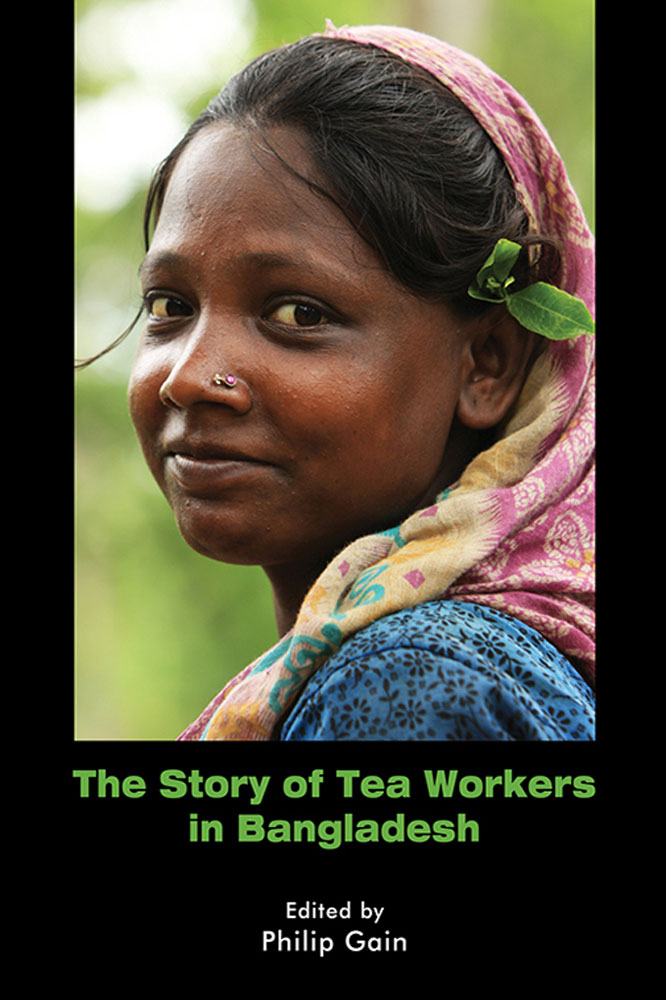Tea Workers
Tea workers and their communities
There are 158 tea gardens in Bangladesh (excluding those in Panchagarh where tea cultivation started only recently). The majority of 138,366 tea plantation workers and their total population of around half a million are non-Bengali. The British companies brought them from Bihar, Madras, Orissa, Andhra Pradesh, Madhya Pradesh, West Bengal, Uttar Pradesh and other places in India to work in the tea gardens in Sylhet region. The misfortune of these indentured labourers started with their journey to the tea gardens. Deprived, exploited and alienated, the majority of the tea workers live an inferior life.
What is unique about the tea workers and their communities is that their occupation and alienation from the Bengali majority give them a common identity as tea workers. But the reality is that they belong to many ethnic and caste identities—as many as 80—as has been mapped by Society for Environment and Human Development (SEHD). (See the table for the list of these communities). These communities speak 13 languages and represent diverse culture. The languages spoken in the tea garden areas include Santali, Munda, Garo or Mandi, Rajbongshi, Oraon or Kurukh, Mahali, Sadri, Bishnupria Monipuri, Mandraji, Bhojpuri, Nepali, Saura or Soura, Jongli and Khasi.







